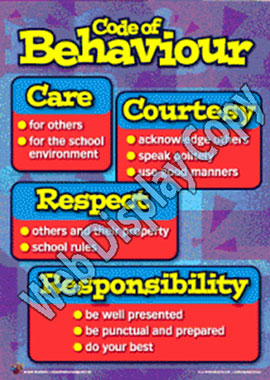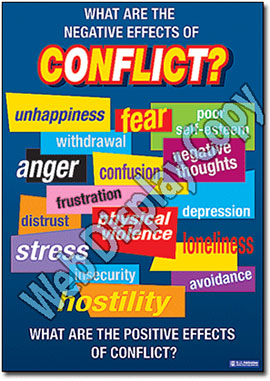- Monday 26 February 2018
- 0 Comments
The beginning of the year is a time for establishing classroom rules, routines and expectations. However, throughout the year, as students become more confident in the classroom and start forming new social circles, they may begin to push these boundaries ... and your patience!
Try implementing these low-key behaviour management strategies to minimise behaviour issues arising in your classroom.
Winning over
Build a strong rapport with each student so they want to please you and strive for your acknowledgement.
Active scan
Constantly glance around the classroom to identify potentially off-task behaviour. If students know the teacher is watching, they will be less likely to misbehave. If a child is misbehaving, any issues that are arising can be extinguished quickly.
Proximity
Actively walk past students throughout the lesson to ensure they stay on task. If students are misbehaving, stand nearby and watch their movements until they are on task.
The look
If students are off task, deliberately give them a look and maintain eye contact with them until they correct their behaviour.
The pause
If students are off task, deliberately stop speaking to signal that the behaviour is unproductive and that you cannot continue your lesson until the behaviour ceases.
Non-verbal
Use appropriate body language, including hand gestures, to signal that a behaviour is unproductive. For example: encourage students to be quiet by holding one finger to your lips or shaking your head to signal inappropriate behaviour.
Touch
Gently touch an object that is causing distraction such as a tapping pen or a swinging chair, to signal that the interruption is inappropriate.
Minimal verbal
Use one or two key words to signal that the behaviour is unproductive and to refocus students' attention. For example: 'Quiet please' or 'Still waiting' to signal that you need their attention.
Using the student's name
If a student is not responding to other low-key strategies, use the student's name to signal that they are not anonymous and their behaviour is unproductive. Be aware of your intonation, inflexion and volume when using a student's name to ensure the behaviour does not escalate.
Private dialogue
If a student is repeatedly demonstrating unproductive or inappropriate behaviour, conduct a private conversation with the student to discuss the issue. Ensure you are in close proximity to the student, that other students are not within hearing distance and that your voice level is kept to a minimum.
Remember to always model appropriate behaviour and verbally praise students when they follow your lead. This will encourage students to behave appropriately as they strive for your acknowledgement.
Looking for posters for your classroom?
All our behaviour posters are currently 40% off. Check out our full range here.



